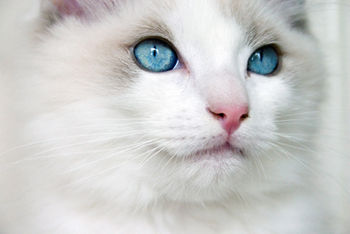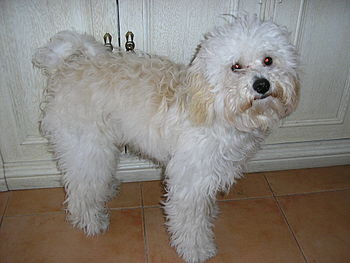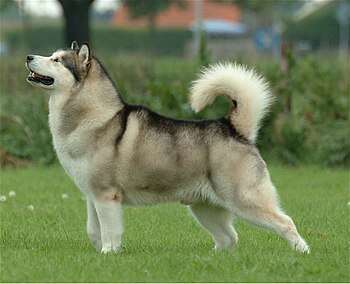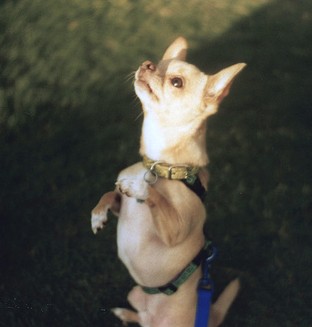Some people would really want to have a pet at home. It makes them feel good when they arrive from work. These little creatures will surely give them a different kind of joy. As a matter of fact, many claims that they can be the best stress reliever. Seeing their cute faces and actions can really help you forget the tasks that needs to be done.
 |
| Face of bicolor ragdoll kitten, showing blue eyes and inverted 'V' white patch (Photo credit: Wikipedia) |
To distinguish the ragdoll to other cats, you have to see their eyes and their body build. Their eyes are blue and will only matter on what shade of blue it is. They have masculine body that are covered with a bit long hair. Its hair is usually ashed white with a little touch of light brown on its tips in designated part of its body.
Many would consider them as puppies like cats. Their characteristics are also a bit similar with puppies. They usually follow their owners in every part of the house. This breed is also very friendly with other animals and has the tendency to be close to them especially with dogs. Most are low tempered so they dont usually get angry.
When it comes to health, study shows that this breed has one of the lowest rate when it comes to survival. Surprisingly, they have been prone to a heart diseases which is very common to cats. Few of them would experience this disease as early as 6 months and would go severe after 3 years. This is the reason why many will not reach 10 years.
Foods are the basic needs of all the living creatures. This is also one of the reason why many would get sick. For cats, its necessary for them to have a balanced nutrients to keep them going for the whole day of activities. Since they dont usually like to drink water, it would be best to keep their food wet to make sure that liquids will come into their body.
As a wise and responsible breeder, you have to inform the new owner about the things that are necessary for the pet. This will include their traits, foods, health and even a glimpse on how to train them. Part of your responsibility is to check them few days after it had settled in its new home. Owners must also ask as many questions as they can.
In deciding to have a pet, there are a couple of things that needs to be done. These things will ensure the kittens are being transferred without any problems in their health. Another one is the certification that would testify that it has been given to the new owner. With this, everything will be prepared and both parties will be happy.
Its indeed a great feeling to have something with you at home. These creatures will make you feel happy. Every time you arrived home from a busy day, they can come to you and relieve your stress.
About the Author: Charles West
When you are looking for information about Ragdoll kittens North Carolina residents can go to our web pages online here today.
|



















